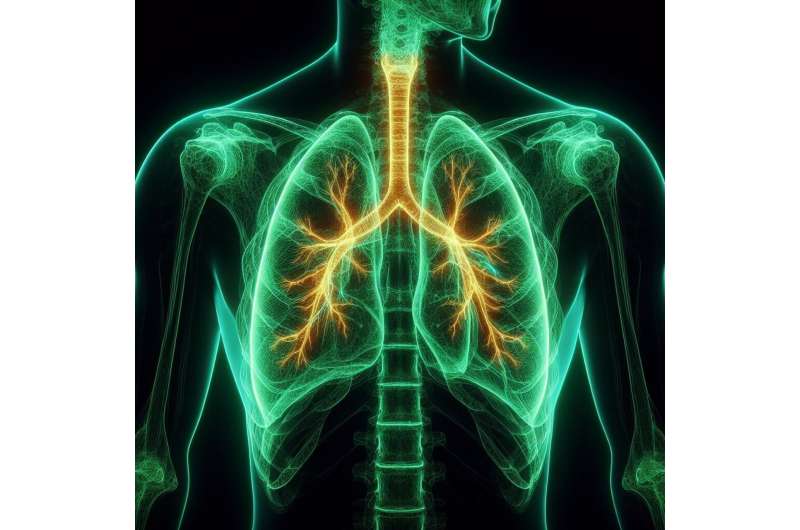Innovative AI Technology Identifies Hidden Cellular Subtypes to Enhance Precision Medicine

A new AI system called CellLENS enhances our understanding of cellular environments, uncovering hidden cell subtypes for more targeted cancer therapies and advancing precision medicine.
A groundbreaking artificial intelligence (AI) system has been developed to uncover subtle but critical cell subtypes within tissues, significantly advancing the field of precision medicine. This new tool, named CellLENS (Cell Local Environment and Neighborhood Scan), integrates deep learning techniques—specifically convolutional neural networks and graph neural networks—to create comprehensive digital profiles of individual cells.
Traditionally, identifying and understanding cancer cells relied on separate analyses of genetic information, protein expression, and cellular morphology, often missing the nuanced interactions and contextual clues crucial for effective treatment. CellLENS overcomes this by fusing these domains, allowing scientists to distinguish cells that, although appearing similar in isolation, exhibit different behaviors depending on their tissue environment.
The study, published in Nature Immunology, was a collaborative effort involving MIT, Harvard Medical School, Yale, Stanford, and the University of Pennsylvania, led by MIT postdoctoral researcher Bokai Zhu. Zhu highlighted how this technology shifts the paradigm: "Previously, identifying a T cell might have been straightforward, but with CellLENS, we can specify that this T cell is actively attacking a tumor boundary, providing vital information for targeted therapy."
By analyzing spatial and morphological features, along with molecular data, CellLENS can detect rare immune cell subtypes and their activity within various tissues, including healthy tissue, lymphoma, and liver cancer. These discoveries shed light on how immune cells infiltrate tumors or suppress immune responses, paving the way for more precise diagnostic tools and immunotherapies.
Experts like Alex K. Shalek emphasized the potential of such AI tools, stating, "We can now gather extensive information about individual cells within their tissue context, and translating that into therapeutic targets could revolutionize cancer treatment." This advance holds promise for identifying new biomarkers and developing therapies that are more accurately tailored to individual patients' tumor microenvironments.
The integration of deep learning in cellular analysis facilitates more detailed understanding of tumor biology, offering hope for more effective treatments and improved patient outcomes. As research continues, CellLENS exemplifies how AI-driven approaches are transforming biomedical science and personalized medicine.
Source: [https://medicalxpress.com/news/2025-07-ai-uncovers-hidden-cell-subtypes.html]
Stay Updated with Mia's Feed
Get the latest health & wellness insights delivered straight to your inbox.
Related Articles
New AI-Driven System Aims to Improve Detection of Life-Threatening Respiratory Syndrome
A new AI-based system developed by researchers aims to improve the detection of Acute Respiratory Distress Syndrome (ARDS), a life-threatening lung condition, enhancing early diagnosis and treatment in critical care settings.
Advancing Diagnostic Tools for Childhood Speech Impairments Through Clinical AI
Innovative AI-driven diagnostic tools are being developed to facilitate early detection of speech impairments in children, overcoming dataset and resource challenges to improve pediatric speech therapy outcomes.
Innovative Low-Cost Device Aims to Prevent Postpartum Hemorrhages in Resource-Limited Settings
A low-cost, innovative device developed by the Politecnico di Milano aims to prevent postpartum hemorrhages, offering a safe and accessible solution for vulnerable regions worldwide.
FDA Issues Warning to Companies Selling Unlawful Opioid Containing Products
The FDA has issued warnings to companies selling unapproved products containing 7-hydroxymitragynine, a compound found in kratom, citing safety and regulatory violations. Learn more about these enforcement actions aimed at consumer protection.



